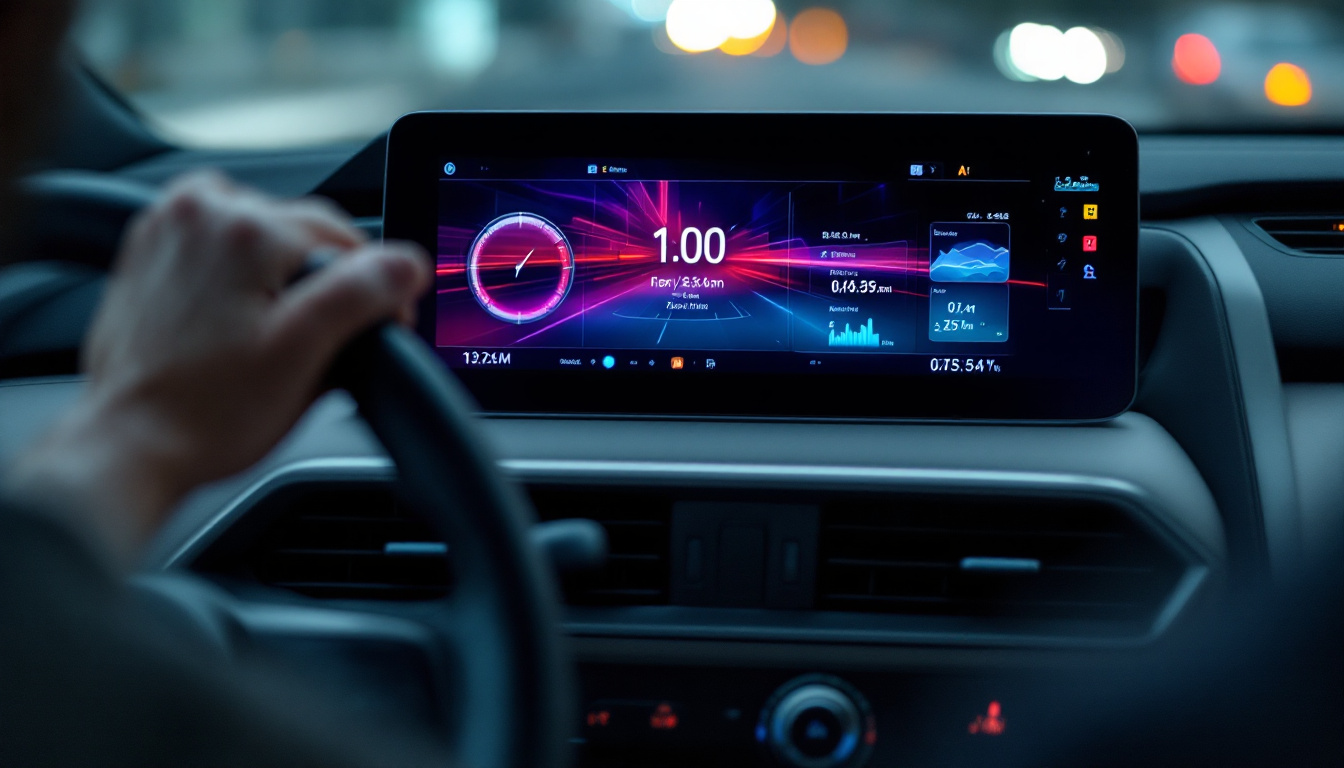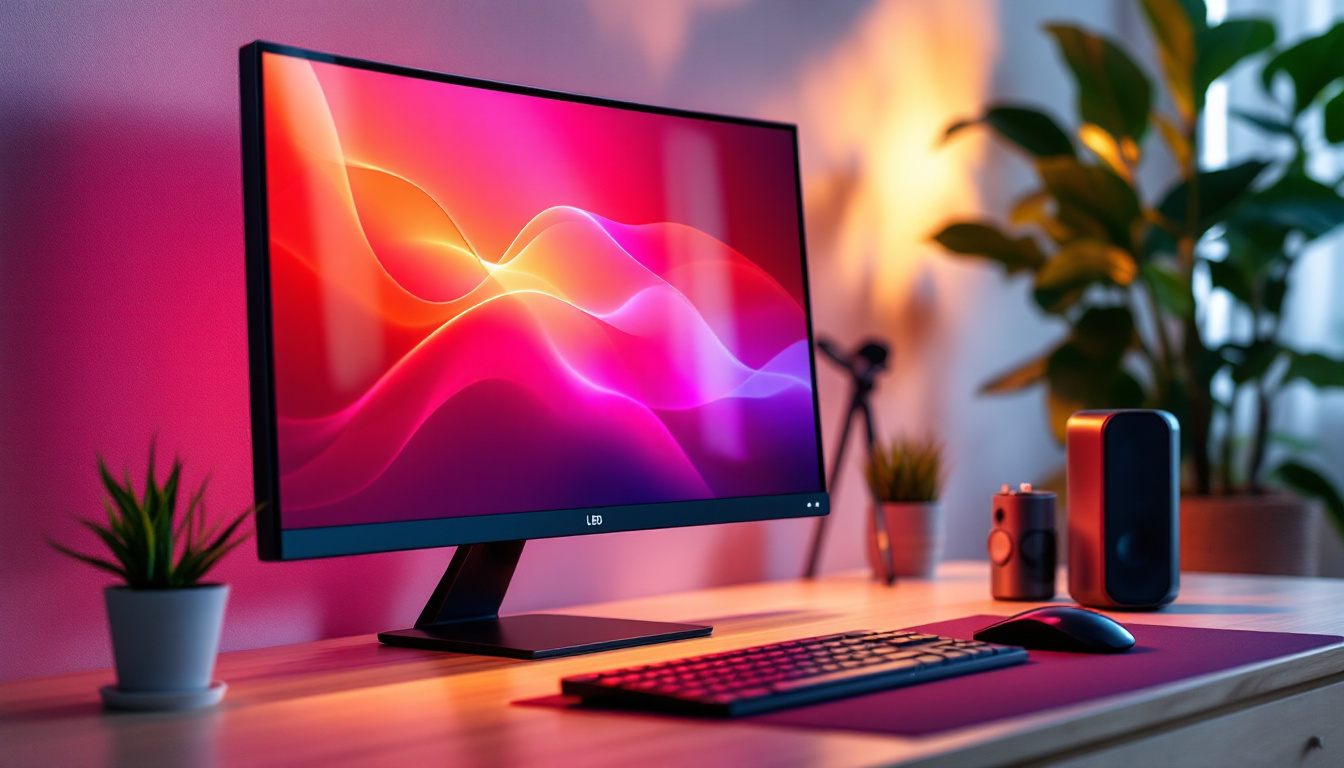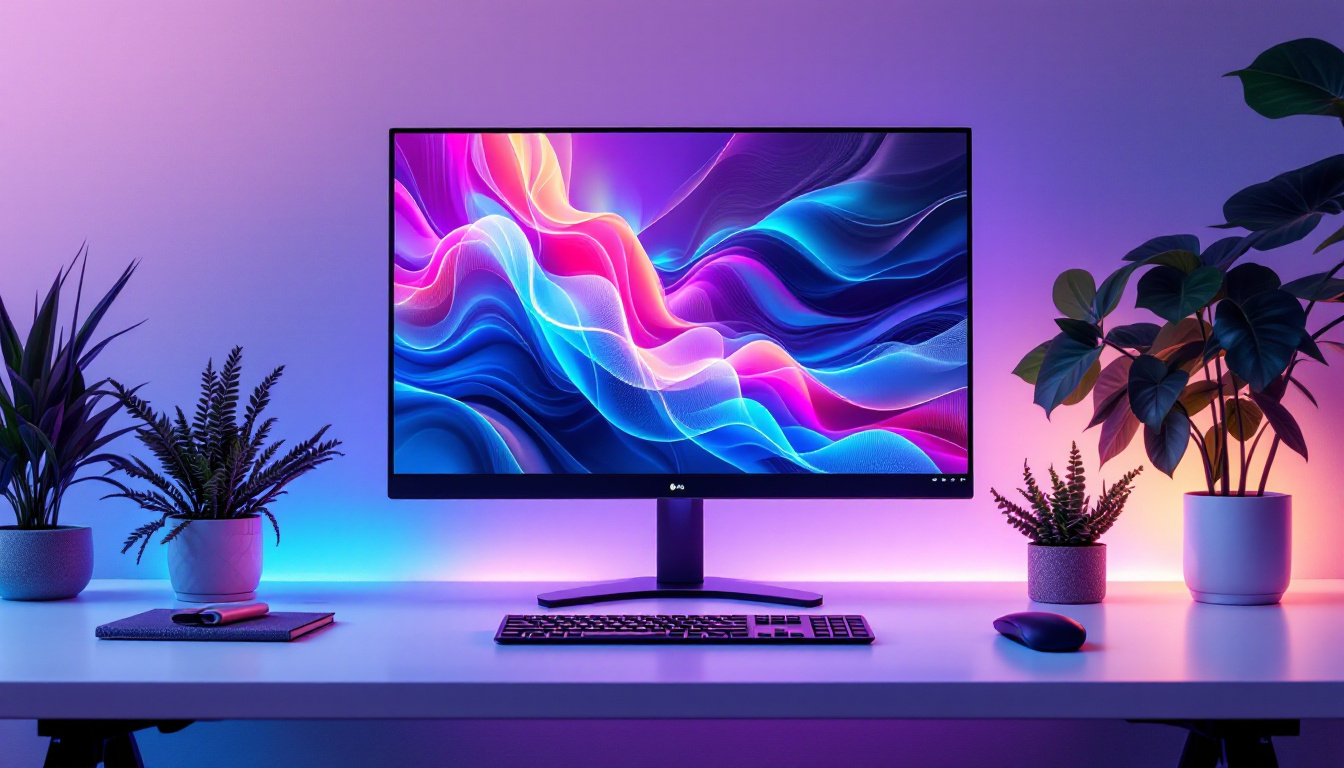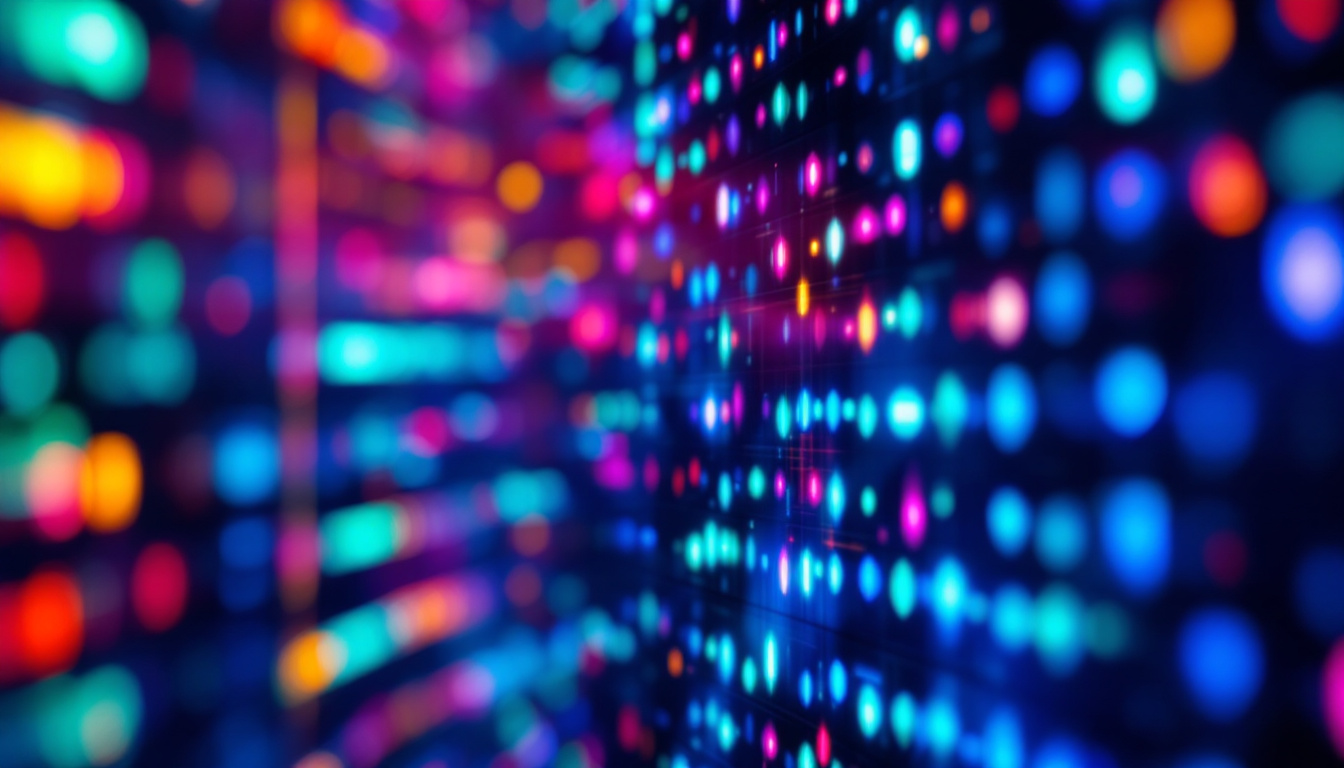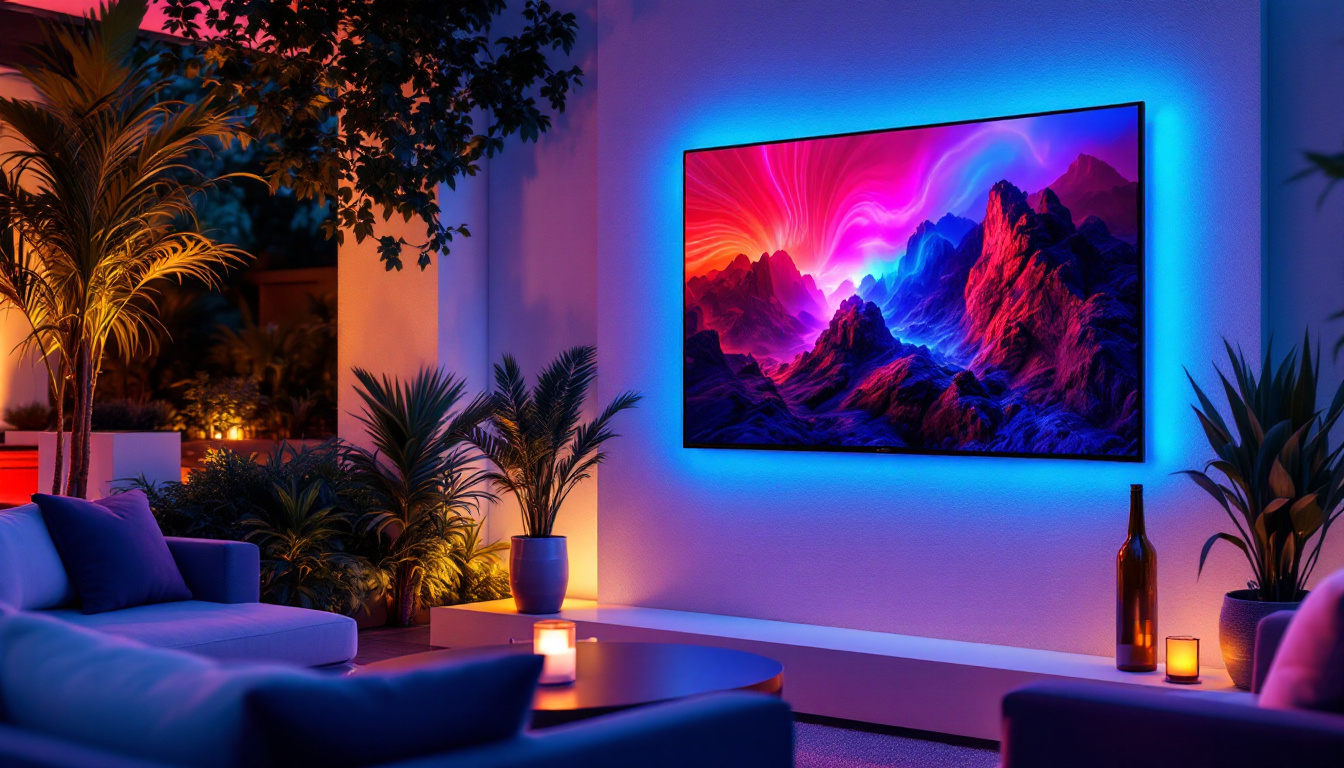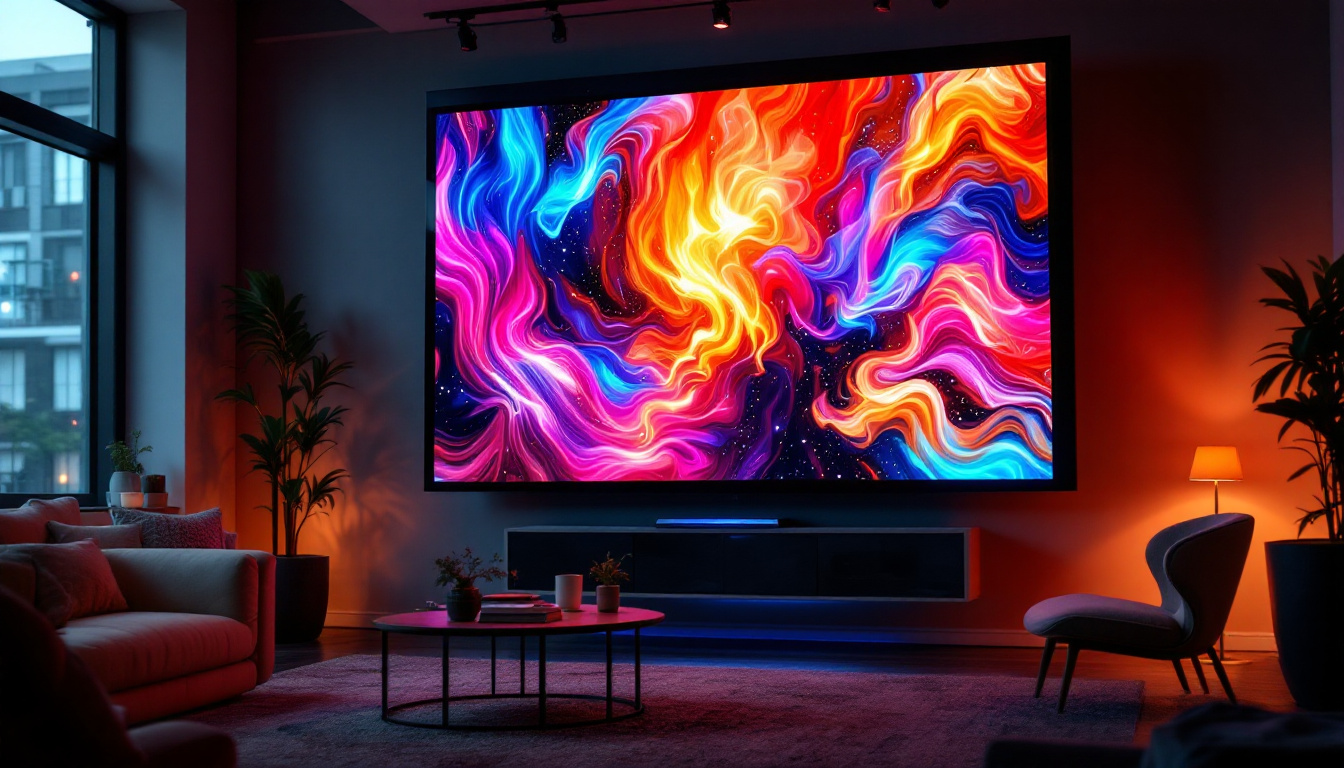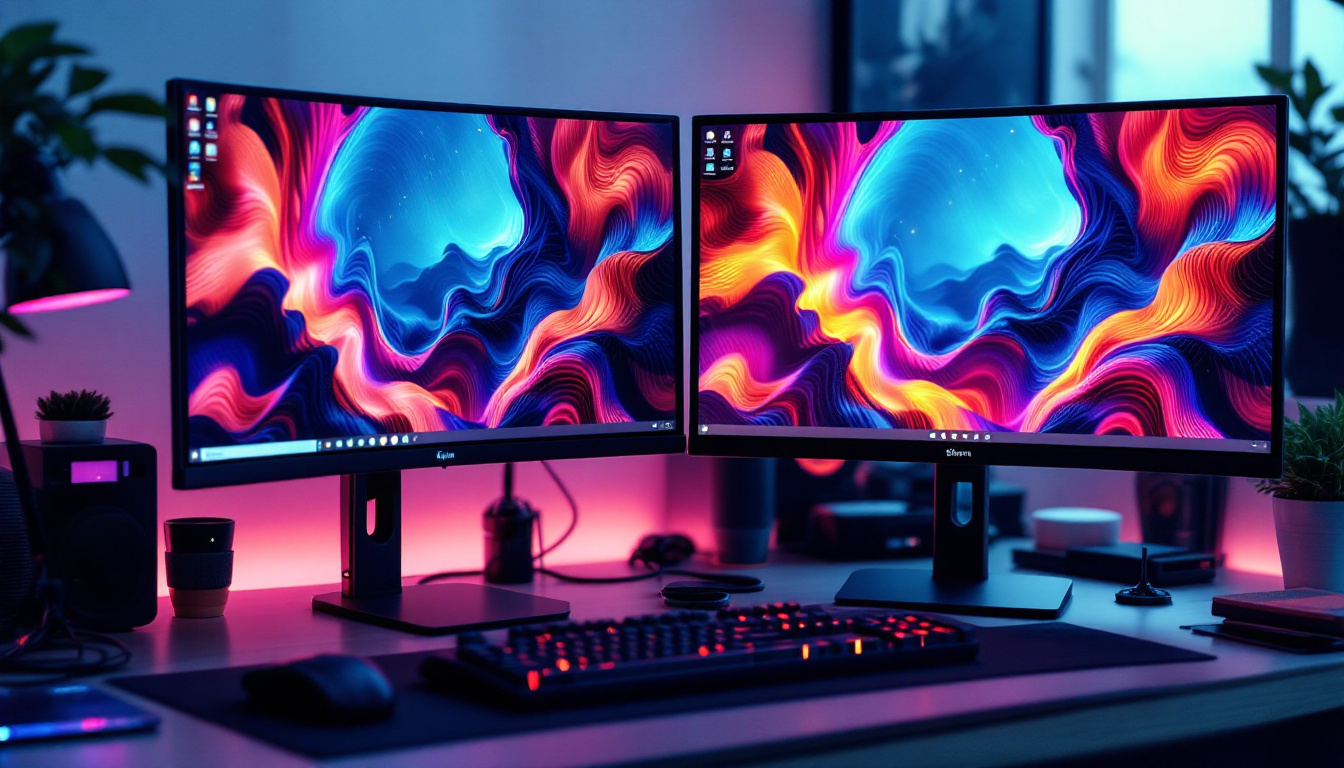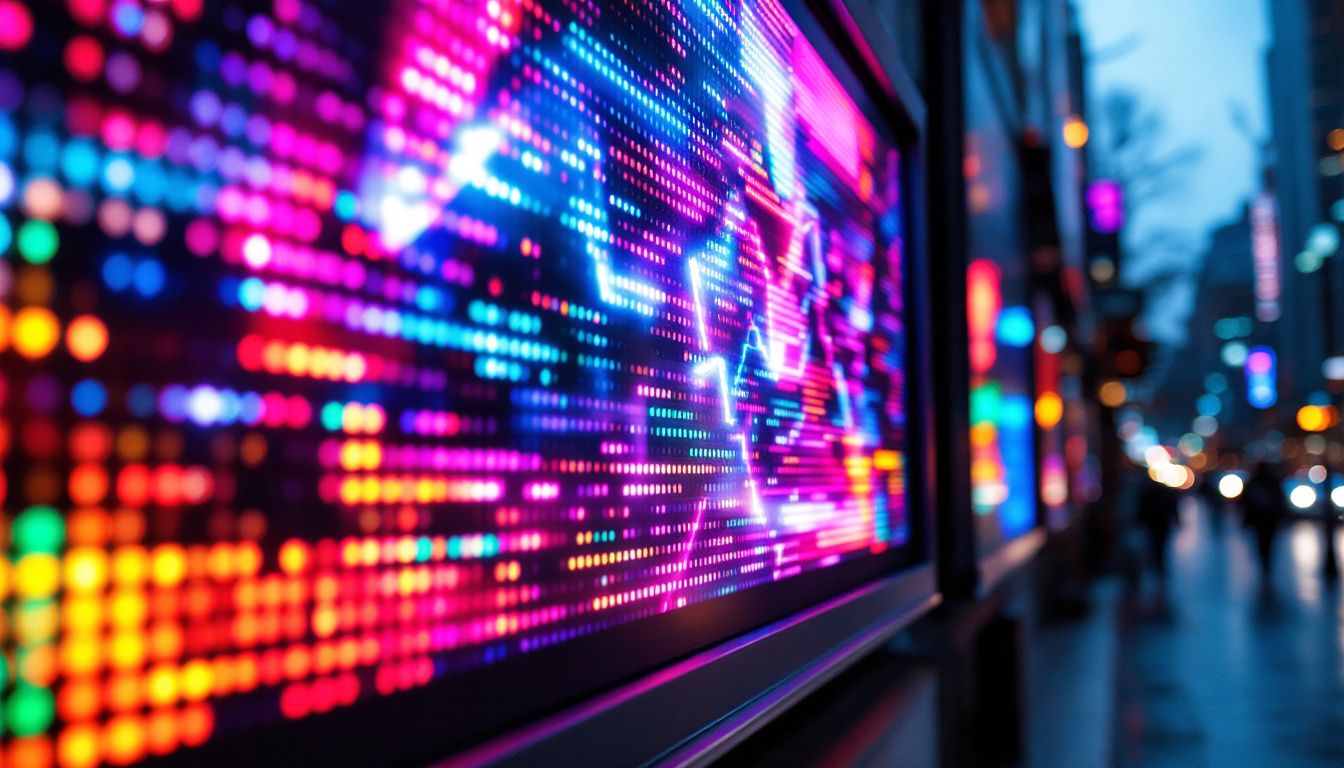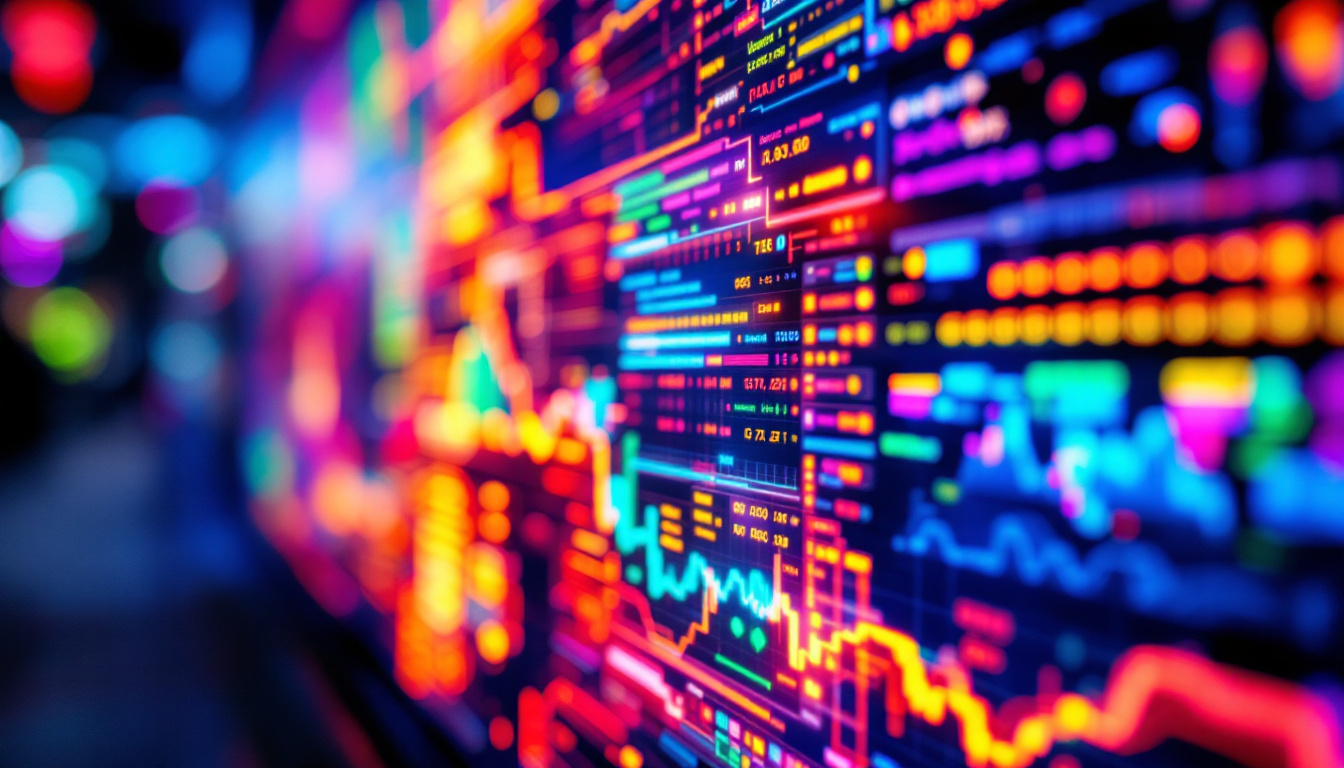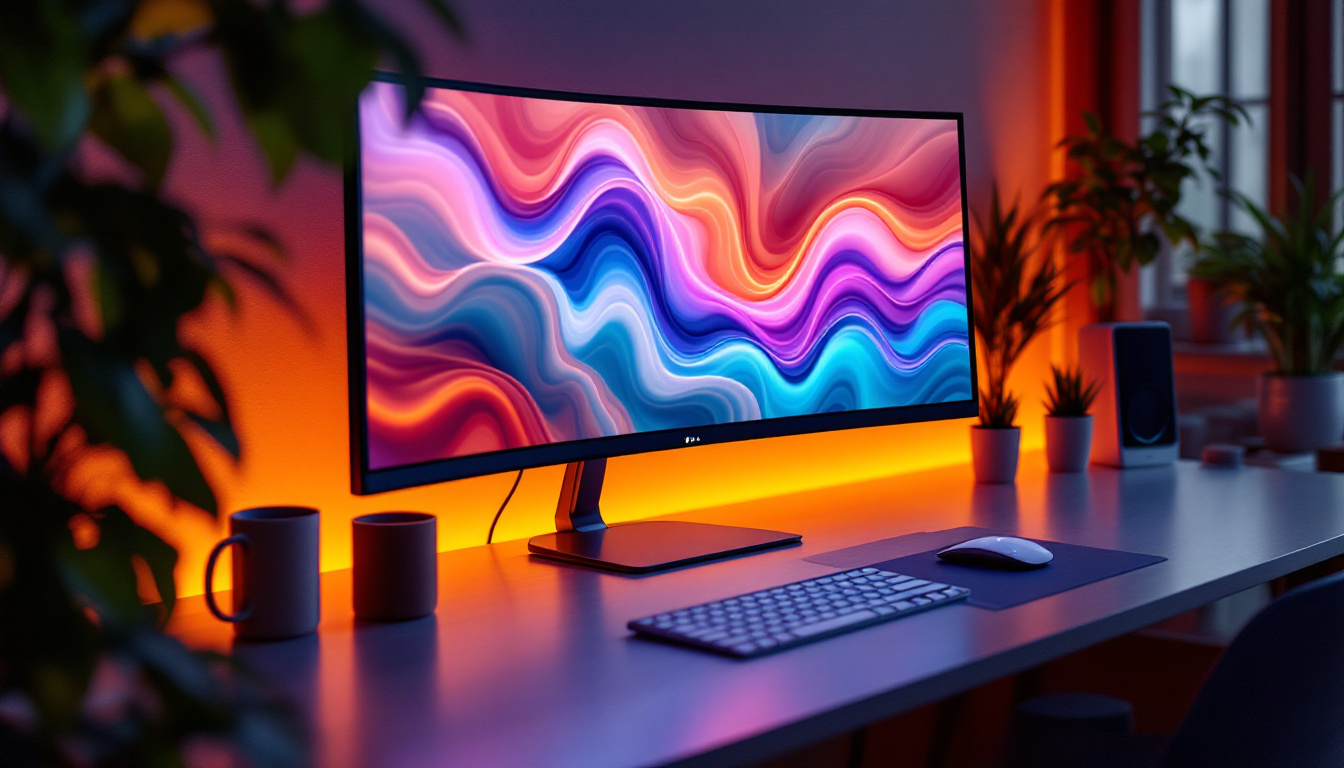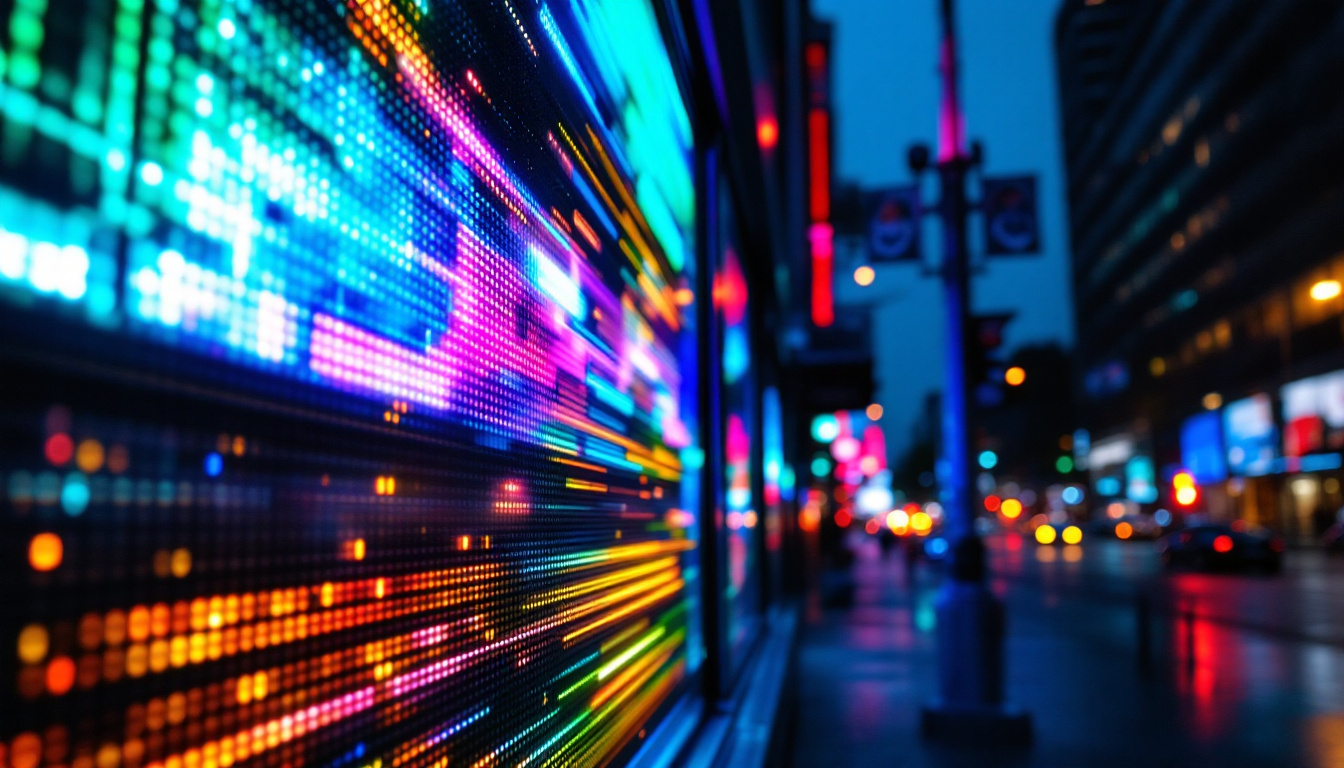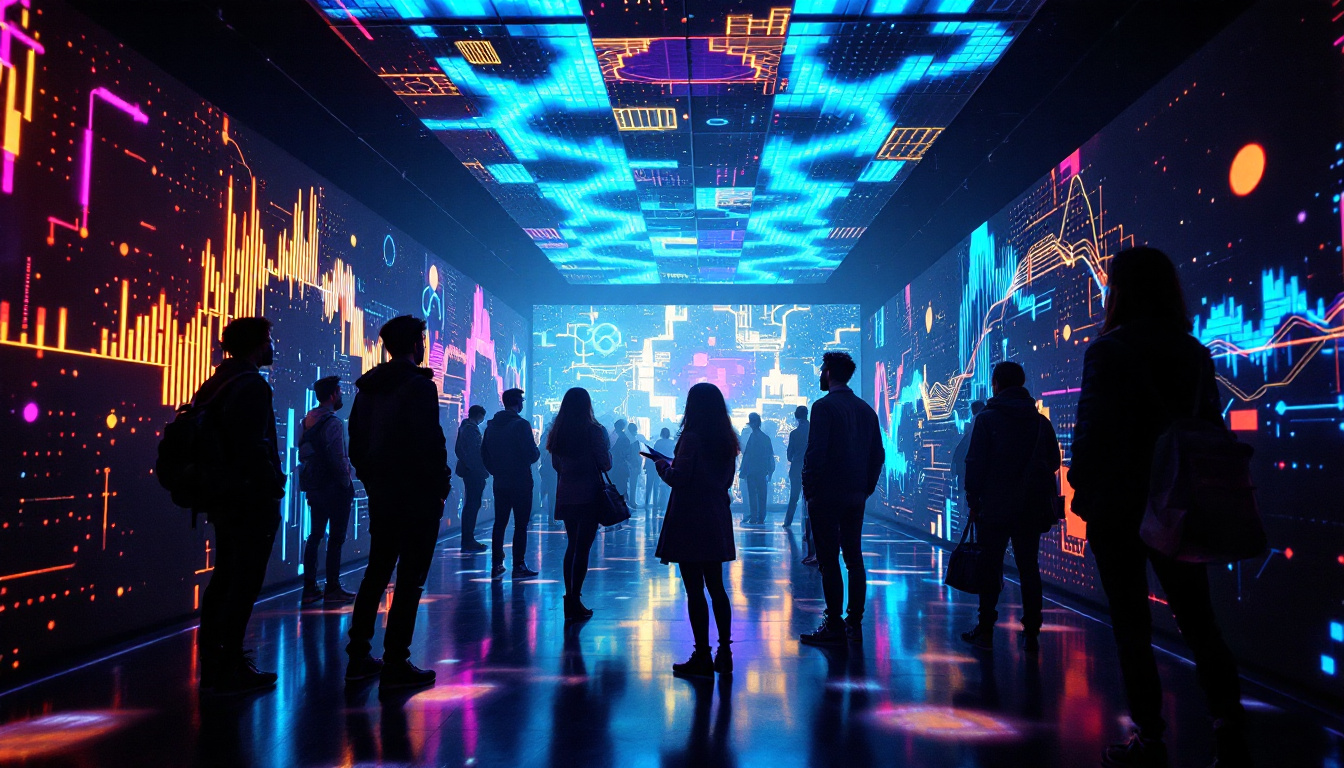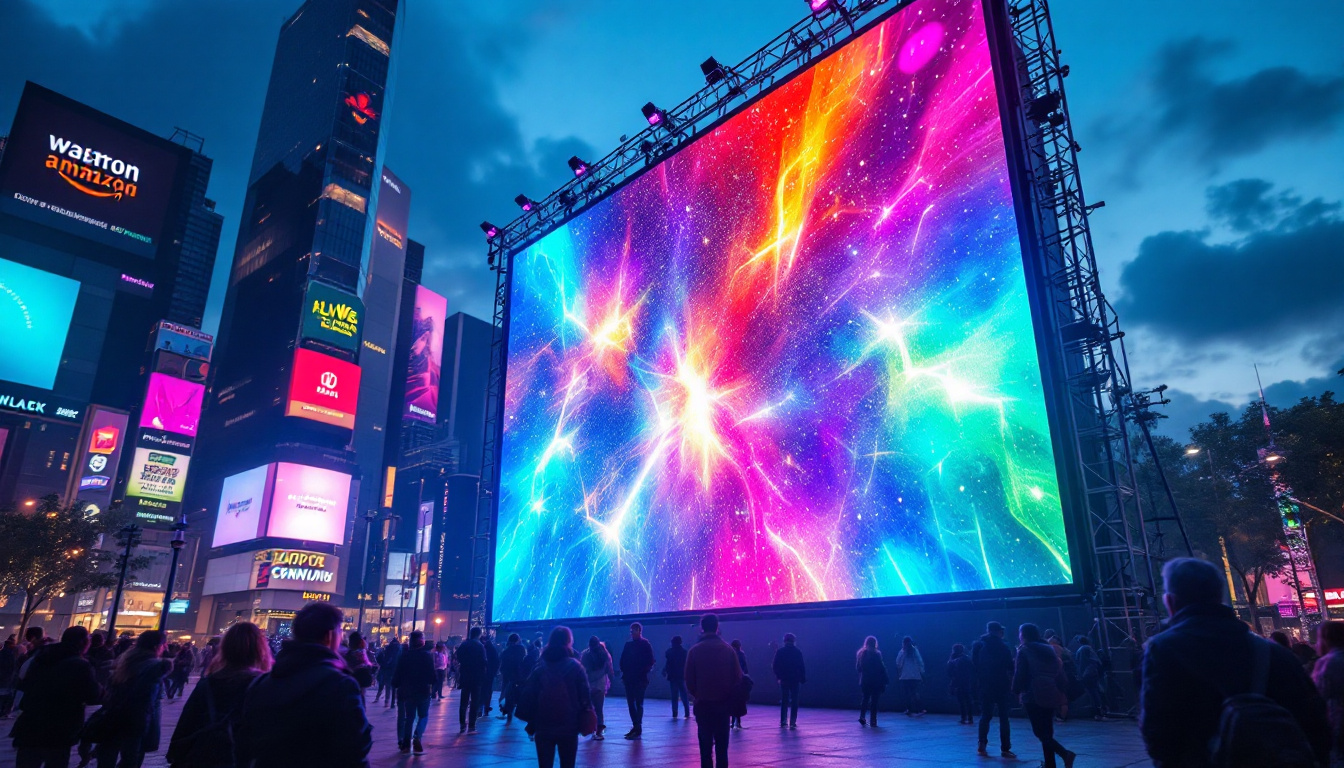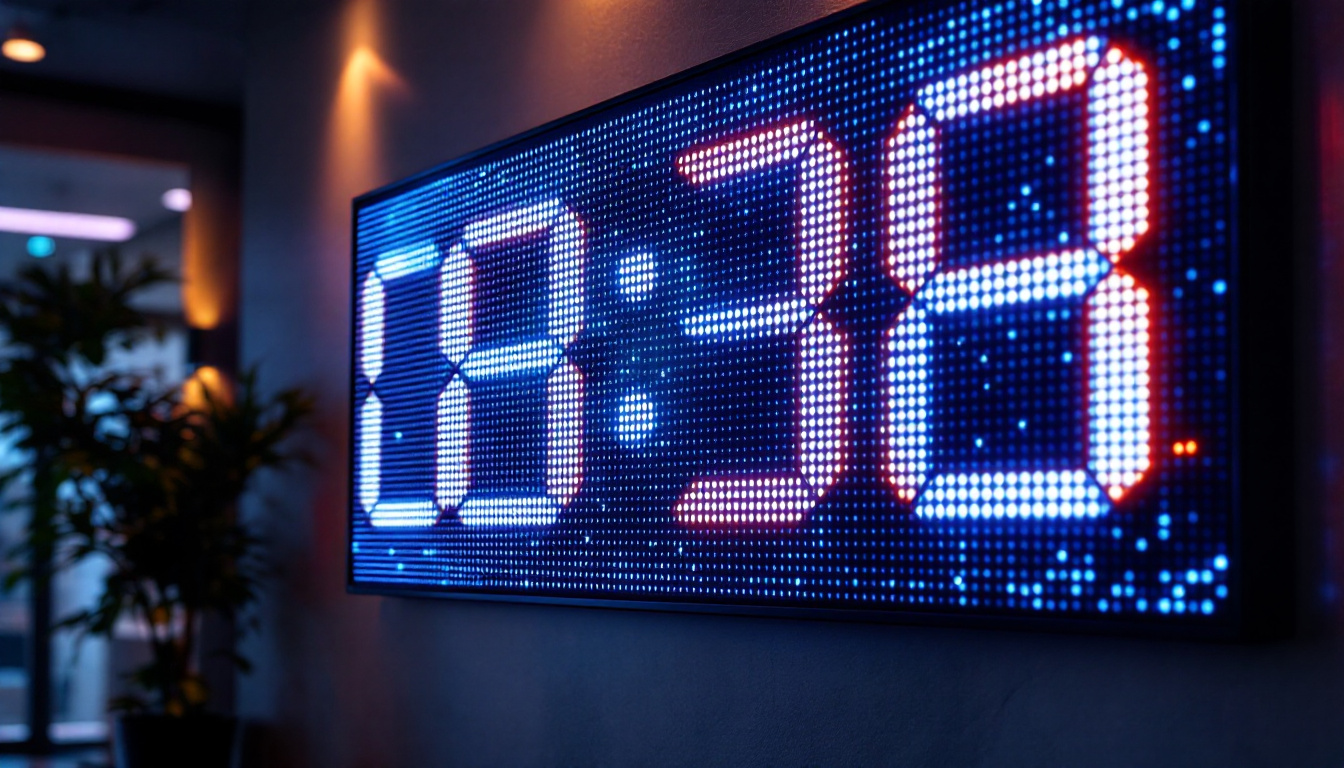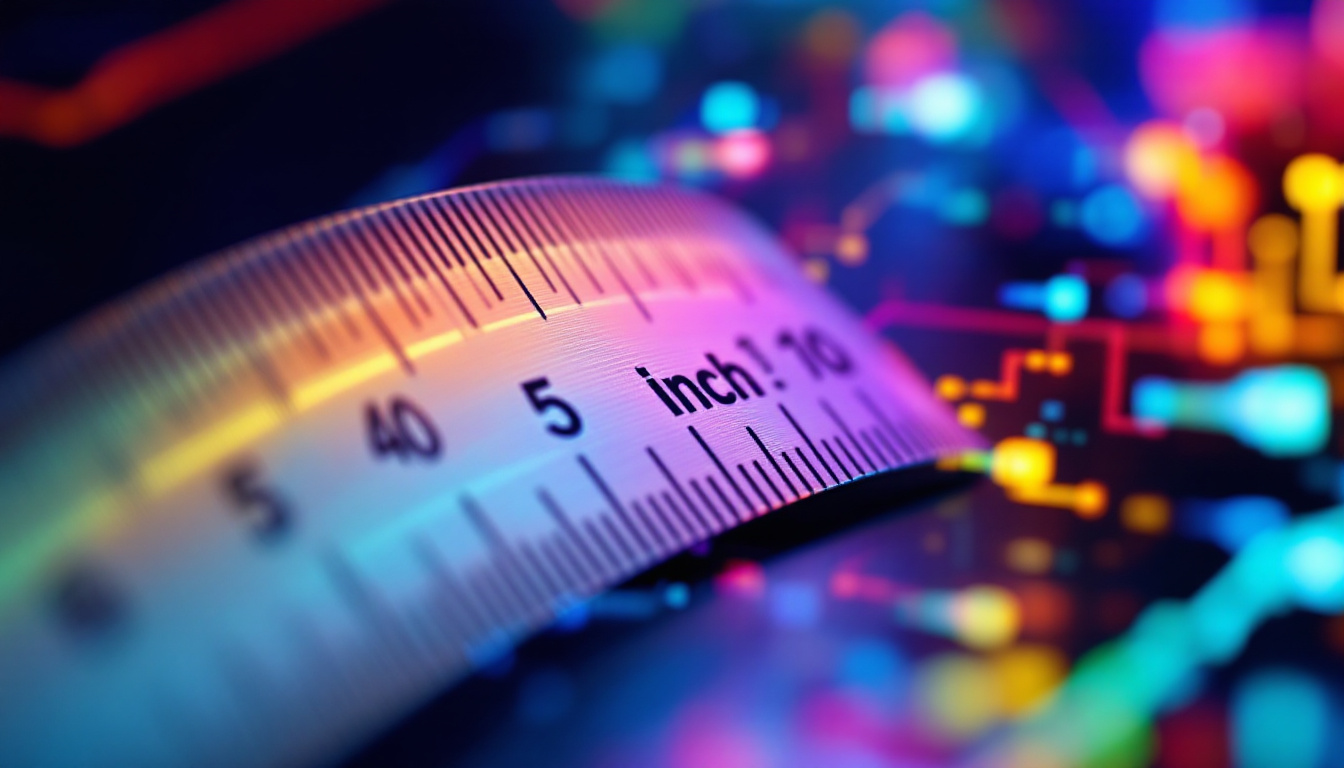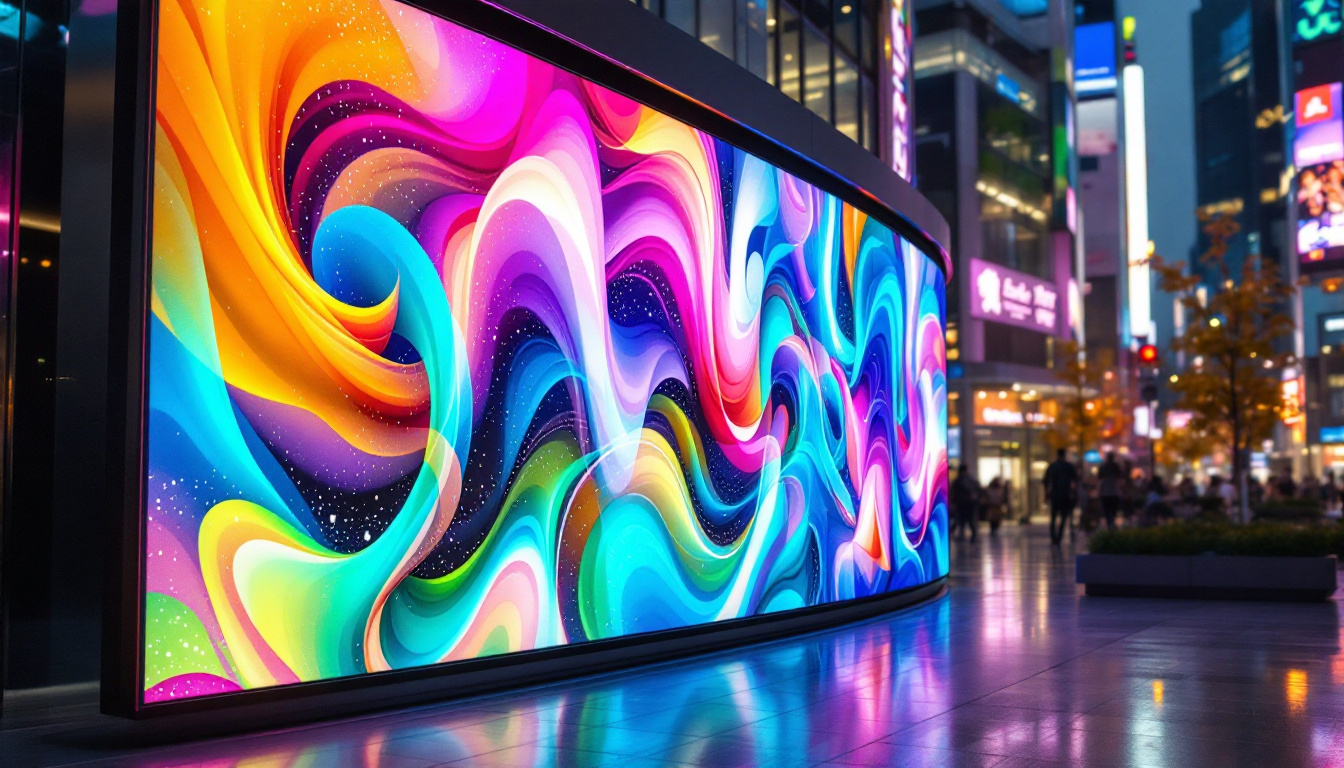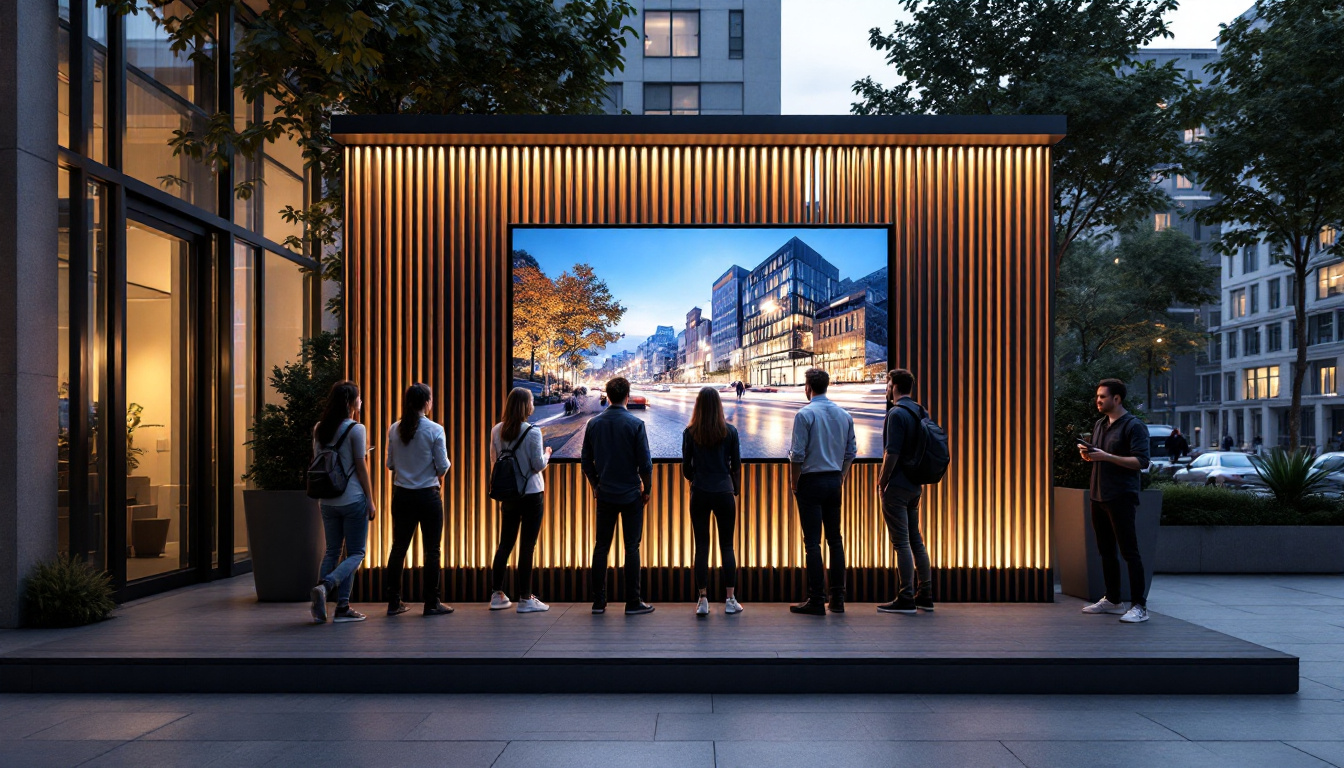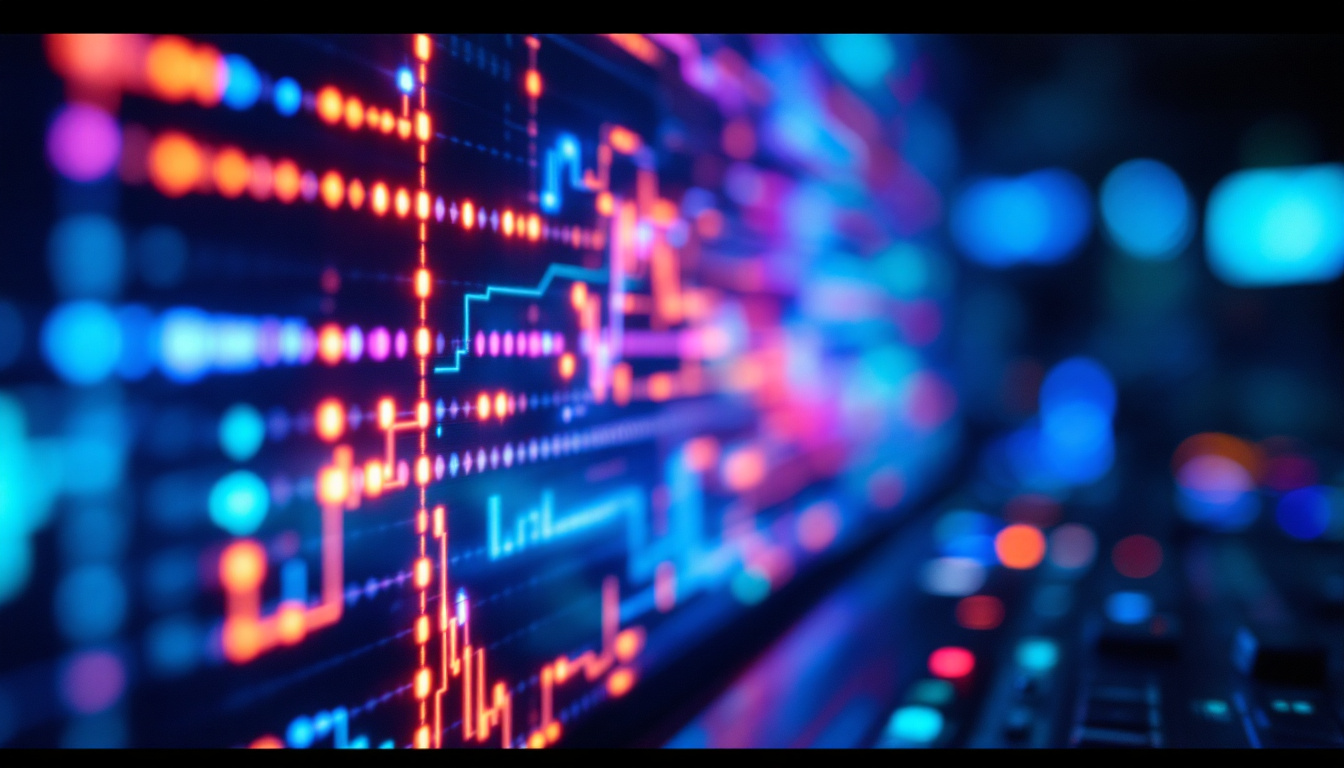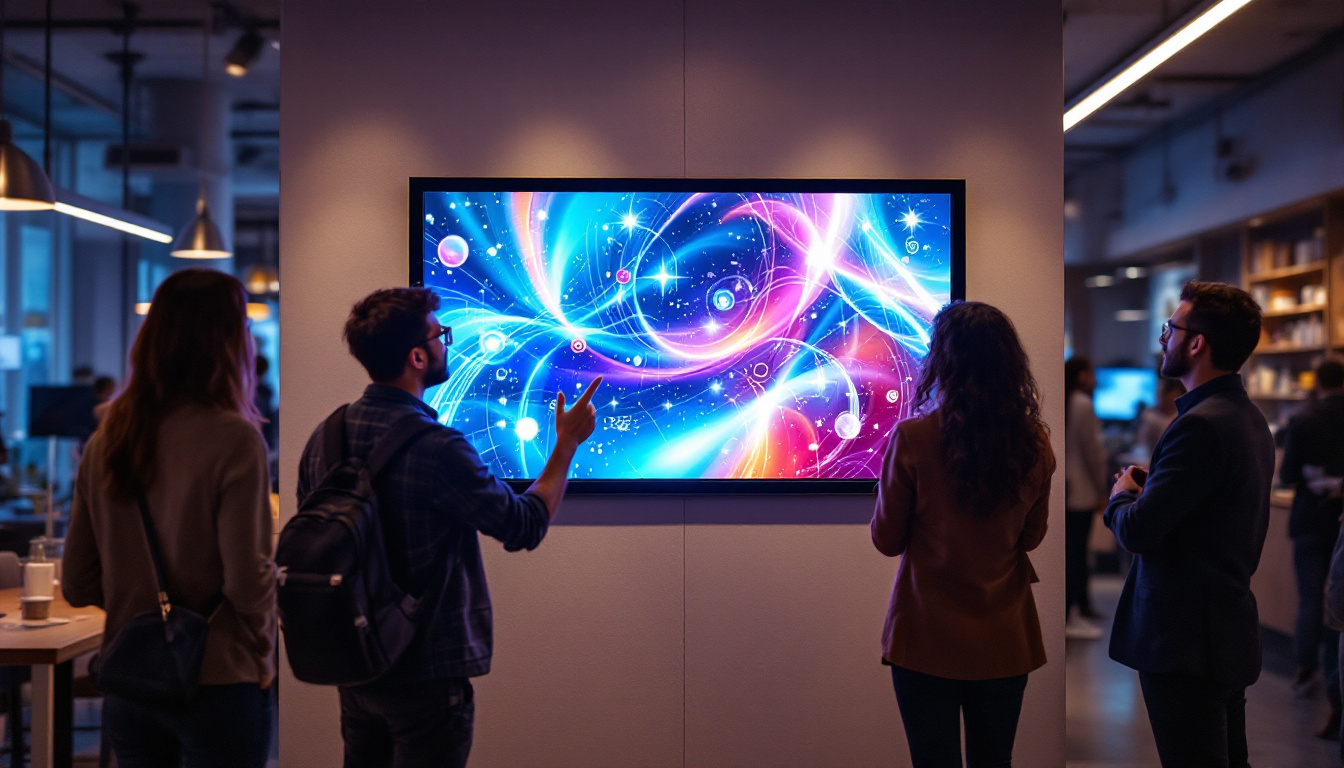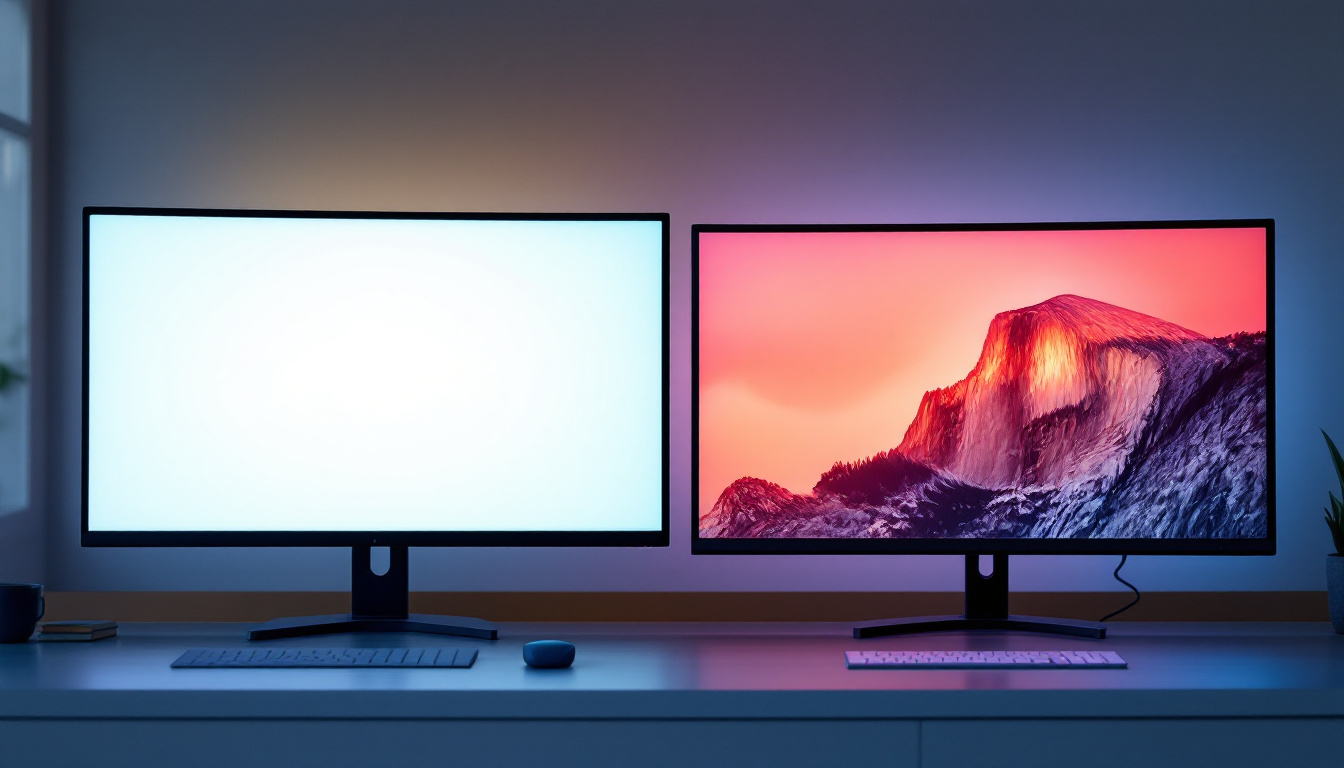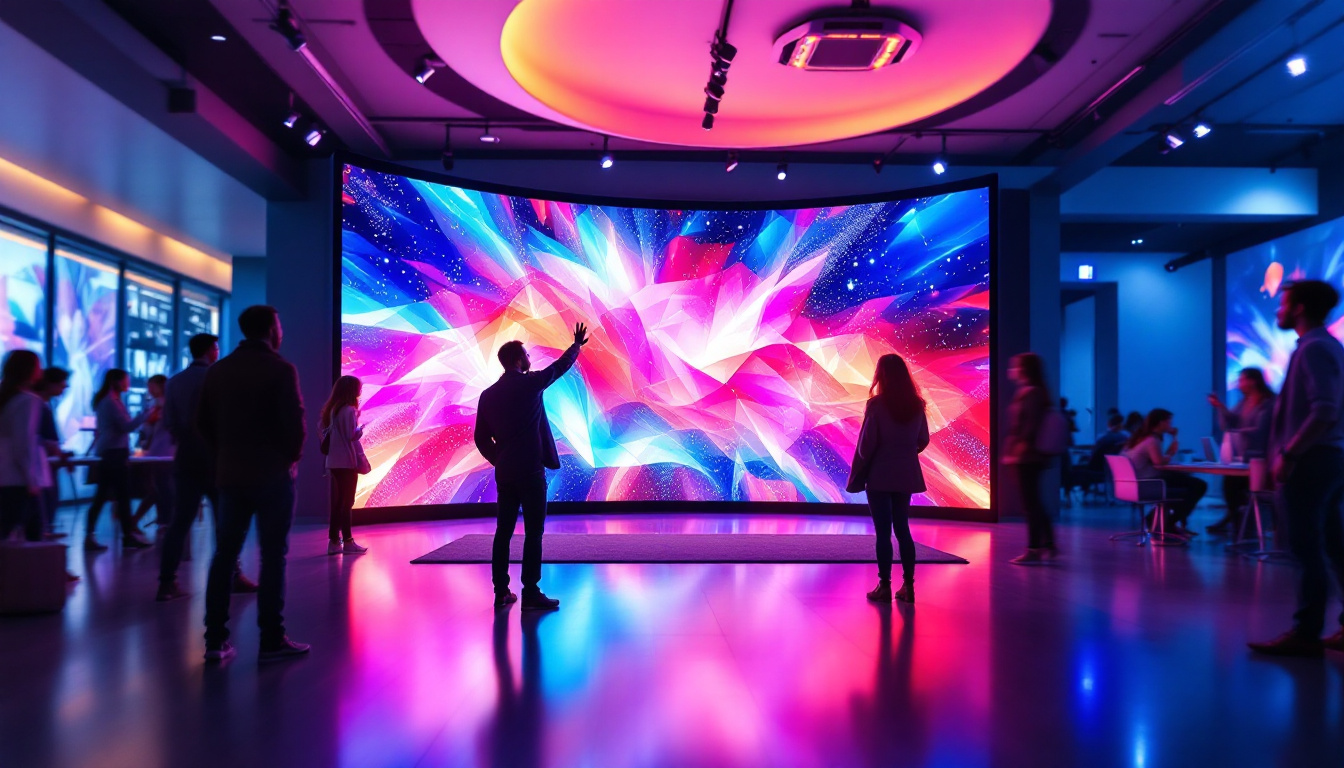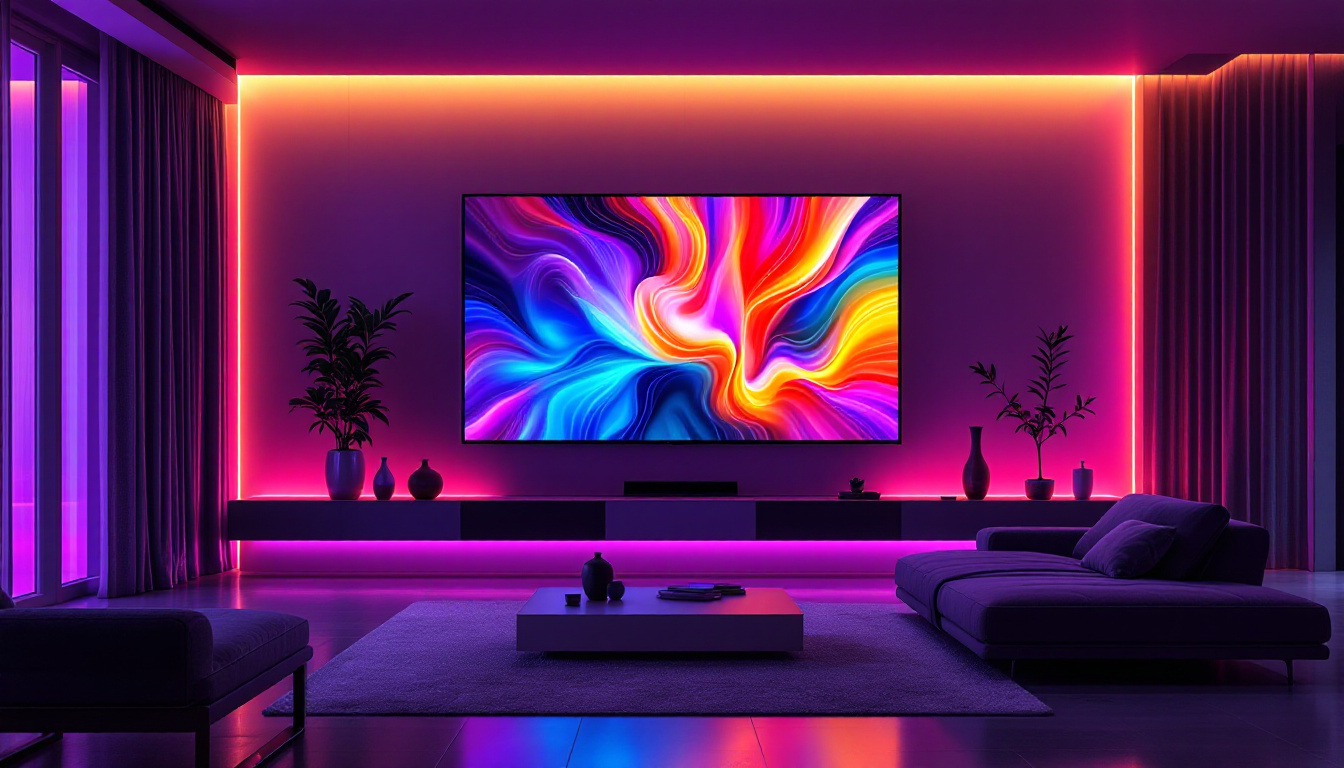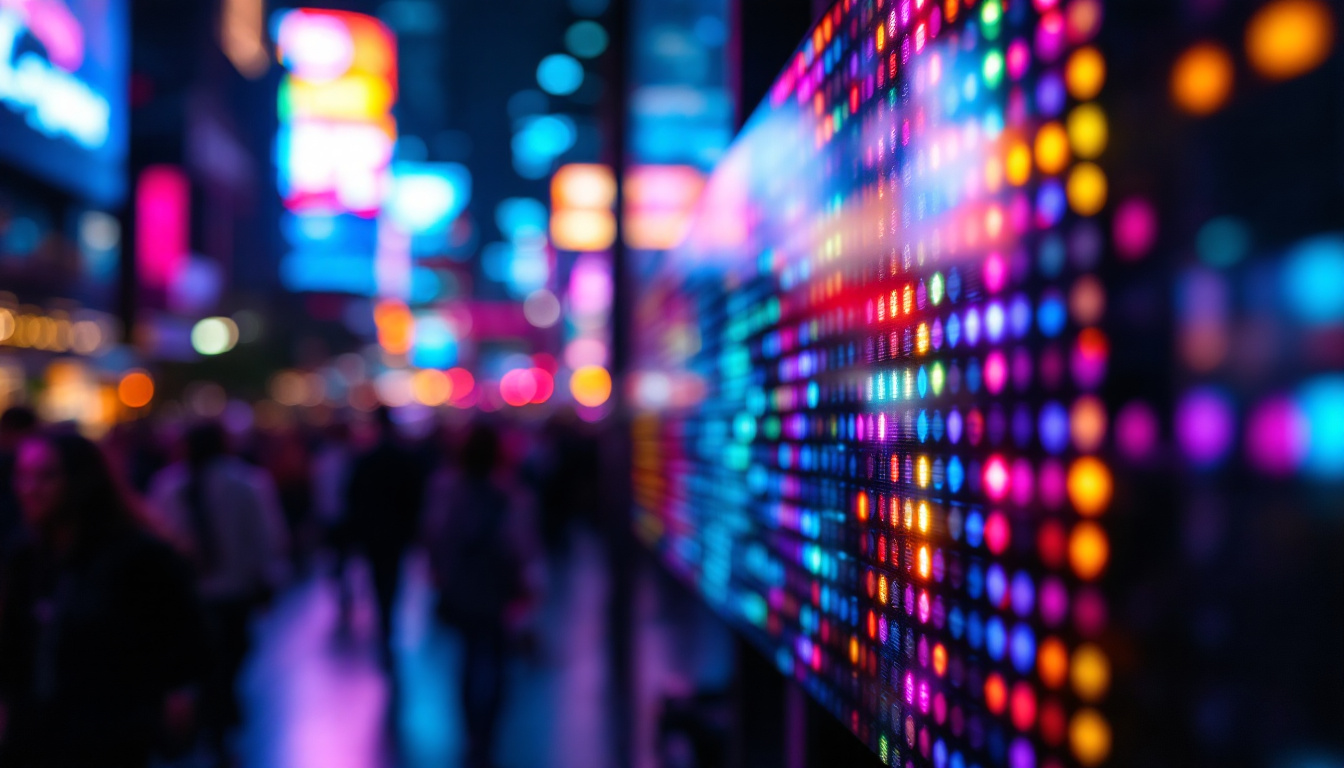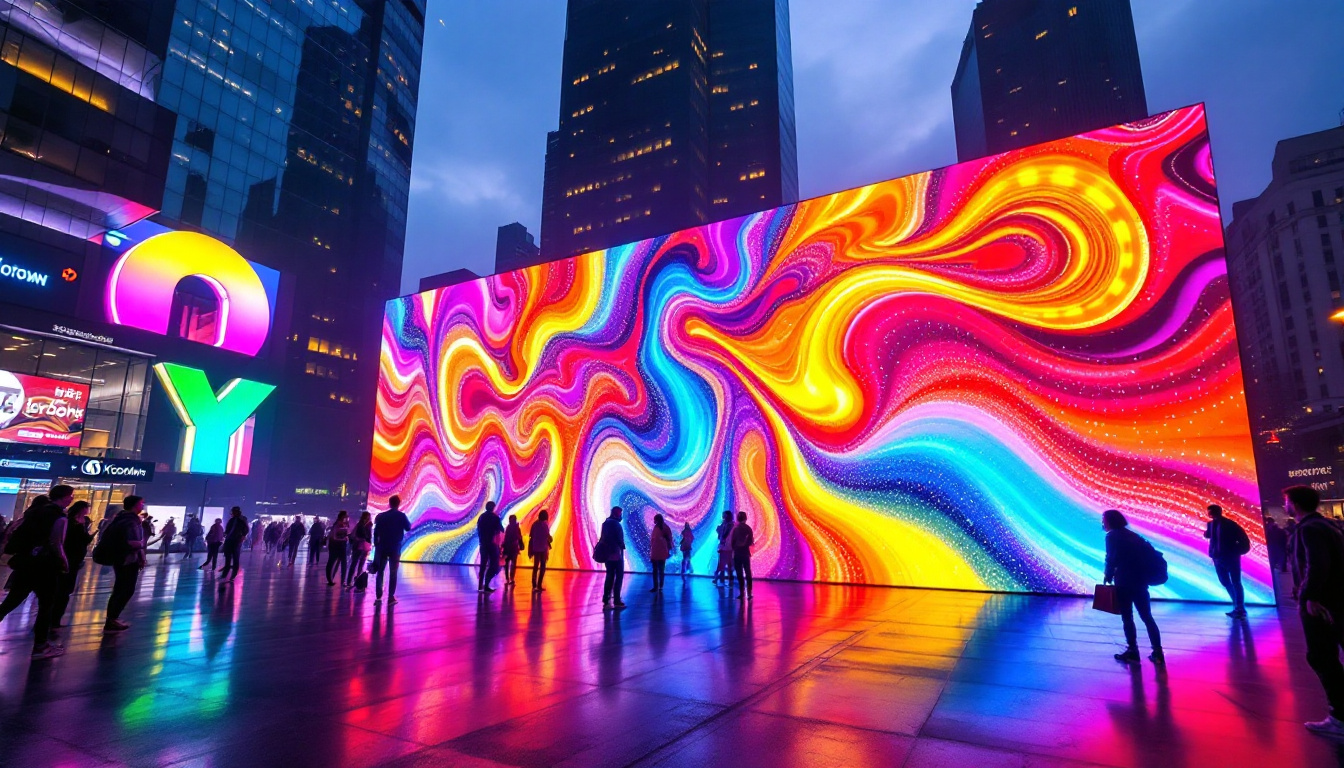The evolution of technology has transformed various aspects of daily life, including how drivers interact with their vehicles. One of the most significant advancements in this area is the introduction of LED displays on driver screens. These screens not only provide critical information but also enhance the overall driving experience. This article delves into the intricacies of LED displays in driver screens, exploring their functionality, benefits, and future trends.
Understanding LED Displays
Light Emitting Diodes (LEDs) have revolutionized display technology across multiple platforms. Their application in driver screens has become increasingly prevalent due to their efficiency and versatility.
What is an LED Display?
An LED display is a flat panel display that uses light-emitting diodes as pixels for video and image display. Unlike traditional LCDs, which rely on backlighting, LED displays emit light directly. This characteristic allows for brighter images, deeper blacks, and a wider color gamut, making them ideal for automotive applications.
In driver screens, LED displays serve various functions, from showing speed and navigation to providing alerts about vehicle performance. Their ability to render information clearly and brightly, even in direct sunlight, makes them a preferred choice for modern vehicles. Moreover, the compact nature of LEDs allows for thinner and lighter displays, which can be seamlessly integrated into the dashboard design, enhancing the overall aesthetic appeal of the vehicle interior.
Additionally, the longevity of LED technology contributes to its popularity. With a lifespan that can exceed 50,000 hours, LED displays reduce the need for frequent replacements, ultimately lowering maintenance costs for manufacturers and consumers alike. This durability is particularly advantageous in automotive settings where reliability is paramount.
How LED Displays Work
LED displays operate on a simple principle: when an electric current passes through a diode, it emits light. This process allows for the creation of images by illuminating specific pixels. The arrangement of these pixels can be manipulated to display different colors and patterns, providing a dynamic and interactive experience for drivers.
In a driver screen, the LED display is often integrated with sensors and software that gather data from the vehicle. This data is then processed and translated into visual information, allowing drivers to make informed decisions on the road. For instance, advanced driver-assistance systems (ADAS) utilize LED displays to provide real-time feedback on surrounding traffic conditions, enhancing safety and situational awareness. The integration of augmented reality features is also on the rise, where LED displays can project navigational prompts directly onto the windshield, creating a more immersive driving experience.
Furthermore, LED technology is evolving with the introduction of smart displays that can adapt to the driver’s preferences and environmental conditions. These smart systems can adjust brightness levels based on ambient light, ensuring optimal visibility at all times. Some models even feature customizable interfaces that allow drivers to prioritize information according to their needs, transforming the driving experience into a more personalized journey.
Benefits of LED Displays in Driver Screens
The integration of LED displays into driver screens offers numerous advantages that enhance both safety and convenience. Understanding these benefits can shed light on why many automotive manufacturers are adopting this technology.
Improved Visibility
One of the most significant benefits of LED displays is their superior visibility. The brightness of LED screens allows for clear visibility in various lighting conditions, including bright sunlight and low-light environments. This feature is crucial for ensuring that drivers can read important information without straining their eyes.
Additionally, the high contrast ratio of LED displays enhances readability, making it easier for drivers to quickly assess their speed, navigation prompts, and other critical data while keeping their focus on the road.
Energy Efficiency
LED technology is known for its energy efficiency. Compared to traditional display technologies, LED displays consume significantly less power, which can lead to improved fuel efficiency in vehicles. This reduction in energy consumption not only benefits the environment but also extends the lifespan of the vehicle’s electrical system.
Moreover, the longevity of LED lights means that drivers can expect fewer replacements and maintenance needs over time, contributing to a more cost-effective ownership experience.
Customization and Interactivity
Modern LED displays offer a level of customization that enhances user experience. Drivers can often personalize their displays to show the information most relevant to them, such as preferred navigation routes or performance metrics. This adaptability allows for a more tailored driving experience.
Furthermore, many LED displays are now touch-sensitive or integrated with voice recognition technology, enabling drivers to interact with their screens without taking their hands off the wheel. This interactivity promotes safer driving practices by minimizing distractions.
Applications of LED Displays in Vehicles
LED displays are not limited to just one function; they serve multiple applications within a vehicle, each contributing to a safer and more enjoyable driving experience. Understanding these applications can highlight the versatility of this technology.
Instrument Clusters
One of the primary uses of LED displays in vehicles is in instrument clusters. These clusters provide essential information such as speed, fuel level, engine temperature, and warning alerts. The clarity and brightness of LED displays allow drivers to quickly and easily read this information, which is vital for safe driving.
Many modern vehicles utilize digital instrument clusters that can be fully customized, allowing drivers to choose the layout and information displayed. This personalization can enhance the driving experience by providing relevant data at a glance.
Infotainment Systems
LED displays are also integral to infotainment systems, which combine entertainment, navigation, and communication functionalities. These systems often feature large, high-resolution LED screens that provide a visually appealing interface for users.
With touch capabilities and voice command integration, drivers can access navigation, music, and other features without diverting their attention from the road. This seamless interaction ensures that drivers remain focused while enjoying the benefits of modern technology.
Head-Up Displays (HUD)
Head-up displays are another innovative application of LED technology in vehicles. These displays project vital information onto the windshield, allowing drivers to see data such as speed and navigation directions without looking away from the road.
The use of LED in HUDs ensures that the information is bright and clear, even in varying light conditions. This technology enhances safety by minimizing the need for drivers to take their eyes off the road, thereby reducing the risk of accidents.
Challenges and Considerations
While LED displays offer numerous benefits, there are also challenges and considerations that manufacturers and consumers must keep in mind. Addressing these issues is essential for maximizing the advantages of this technology.
Cost Implications
One of the primary challenges associated with LED displays is their cost. Although prices have decreased over the years, high-quality LED displays can still be more expensive than traditional display technologies. This cost can impact the overall price of vehicles, particularly in budget-friendly models.
Manufacturers must balance the desire for advanced technology with the need to keep vehicles affordable for consumers. As production techniques improve and demand increases, it is anticipated that costs will continue to decrease.
Potential Distractions
Another consideration is the potential for distractions caused by advanced LED displays. While interactivity can enhance the driving experience, it can also lead to increased distractions if not designed carefully. Drivers may be tempted to engage with their screens while driving, which can compromise safety.
To mitigate this risk, manufacturers are implementing features that limit functionality while the vehicle is in motion, ensuring that drivers remain focused on the road. Education about responsible use of these technologies is also crucial.
Environmental Impact
As with any technology, the environmental impact of LED displays must be considered. While they are generally more energy-efficient than traditional displays, the production and disposal of electronic components can contribute to environmental concerns.
Manufacturers are increasingly focusing on sustainable practices, such as using recyclable materials and implementing energy-efficient production processes. Consumers can also play a role by responsibly recycling electronic components when upgrading or disposing of vehicles.
The Future of LED Displays in Vehicles
The future of LED displays in vehicles is bright, with ongoing advancements promising to enhance their functionality and integration further. As technology continues to evolve, several trends are emerging that may shape the landscape of driver screens.
Integration with Autonomous Driving
As the automotive industry moves toward autonomous driving, LED displays will play a crucial role in communicating information to drivers and passengers. These displays will need to convey real-time data about the vehicle’s status, navigation, and surrounding environment.
In an autonomous vehicle, LED displays may transform to provide a more immersive experience, such as displaying entertainment options or interactive features while the vehicle is in self-driving mode. This shift will require innovative designs that prioritize safety and usability.
Augmented Reality (AR) Integration
Augmented reality technology is gaining traction in various industries, and its application in vehicles is no exception. Future LED displays may incorporate AR elements, overlaying information onto the real-world view seen through the windshield.
This integration could provide drivers with enhanced navigation cues, hazard warnings, and other relevant data, all while maintaining a clear view of the road. The combination of LED displays and AR has the potential to revolutionize how drivers interact with their vehicles.
Advancements in Display Technology
As research and development continue, advancements in LED display technology are expected to yield even more benefits. Innovations such as flexible displays, improved resolution, and enhanced color accuracy will likely emerge, providing drivers with an even better visual experience.
Additionally, the incorporation of artificial intelligence (AI) into driver screens could lead to smarter displays that adapt to individual driving habits and preferences, further enhancing the user experience.
Conclusion
The integration of LED displays in driver screens represents a significant advancement in automotive technology. With improved visibility, energy efficiency, and interactivity, these displays enhance the driving experience while promoting safety and convenience.
As the automotive industry continues to evolve, the potential applications and innovations surrounding LED displays are vast. By addressing challenges and embracing future trends, manufacturers and consumers alike can look forward to a more connected and engaging driving experience.
Ultimately, LED displays are not just a technological enhancement; they are a vital component of modern vehicles that will shape the future of driving.
Explore the Future of Driving with LumenMatrix
Ready to experience the cutting-edge of LED display technology in your vehicle? LumenMatrix is at the forefront of creating dynamic and immersive visual experiences for drivers. From vehicle LED displays that bring clarity and customization to your dashboard, to innovative solutions that redefine in-car entertainment and information, our products are designed to revolutionize your driving experience. Check out LumenMatrix LED Display Solutions today and see how we’re driving the future of automotive technology.

